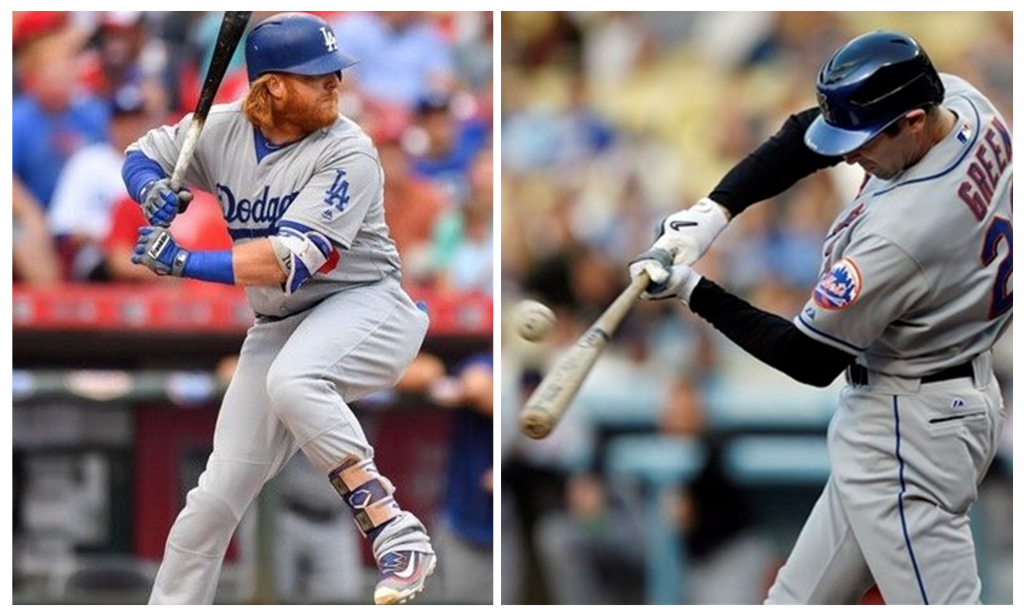
Attack angle is a valuable metric that indicates the trajectory of the hitter’s barrel path as it impacts the baseball. At RPP, rather than striving for a specific number, we like to see our hitters achieve an optimal attack angle range that will maximize their opportunity to make flush contact with the incoming pitch; the ideal range is between 5-15 degrees. There can be several contributors to an excessive attack angle. When the attack angle is too high (swinging too uphill), we first want to figure out what is causing it and then determine a plan of action to improve it. The following disconnects could potentially lead to an excessive attack angle: Continue reading “How to Address an Excessive Attack Angle”

